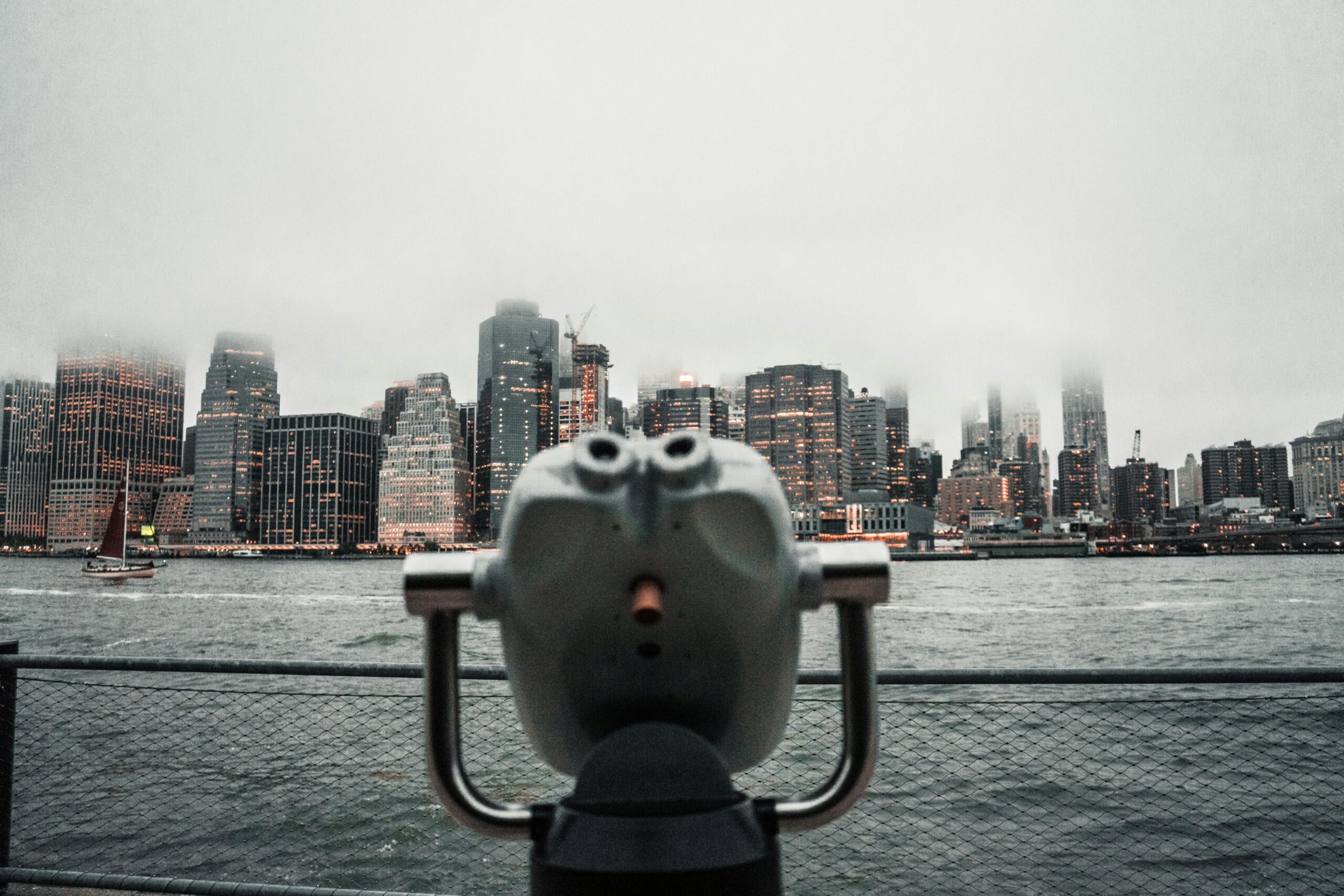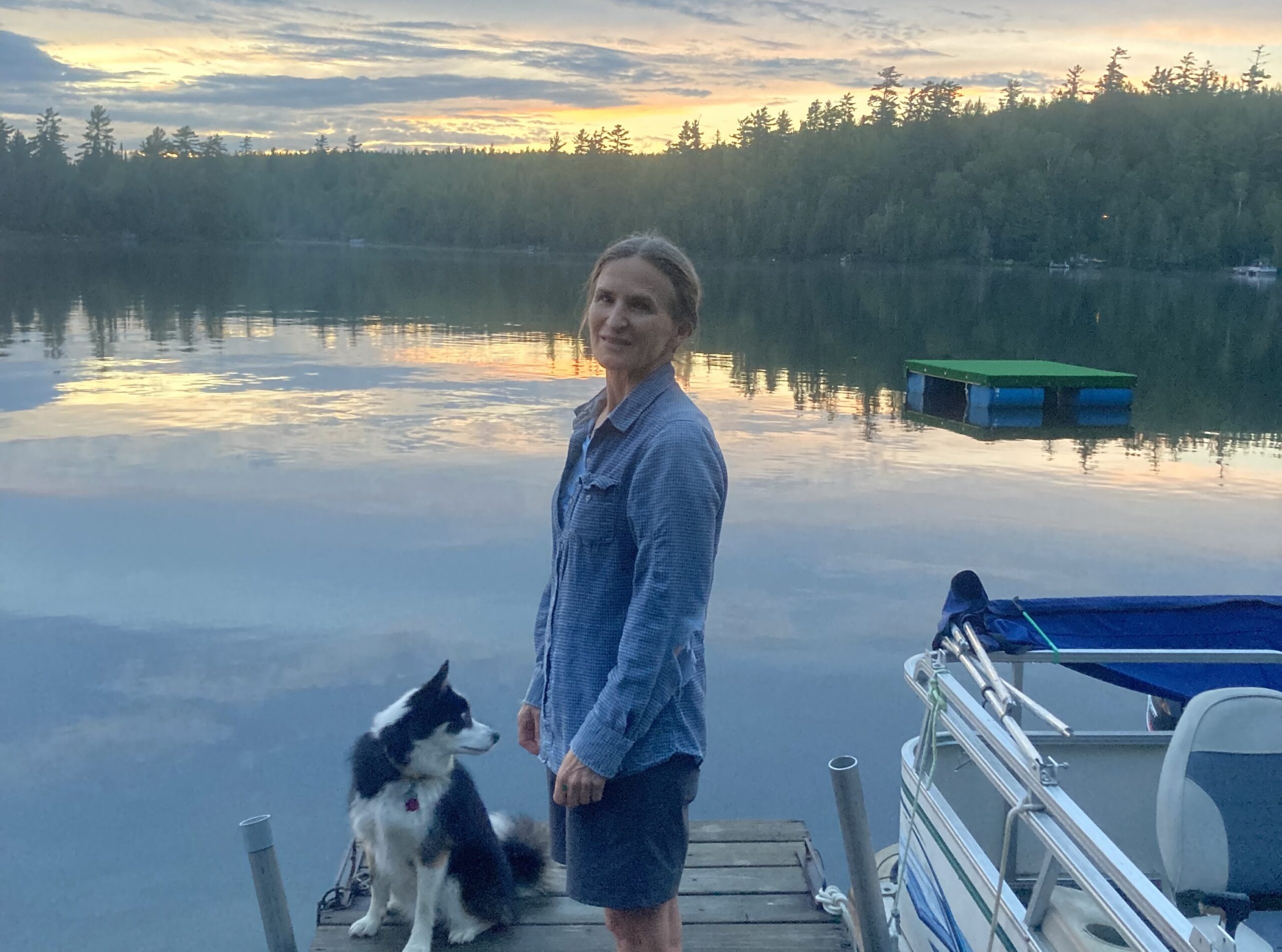Words by SALLY BALL
Images by MICHAEL EASTMAN

Introduction
Early in the 21st Century, I (Sally) helped to edit a celebration of the writing life of William H. Gass, for whom I had worked in the late 90s at the International Writers Center at Washington University in St. Louis, and who was soon to turn 80. It included photographs by Michael Eastman, Bill’s friend and neighbor, who had made a series of portraits of Bill—and of his books. In 2004, many of the contributors met in St. Louis to celebrate Bill’s birthday and the publication of this collection, a gathering that coincided with Wash U’s also hosting a presidential debate between John Kerry and George W. Bush. A handful of us kept sneaking out of the fancy dinner to the hotel bar to watch: this is when Michael and I first collaborated—on excuse-making, as we ducked out again: too big a formal table, too tempting to be elbow to elbow with all the other nail-biters wondering what would happen in November….
There followed many years of rare but warm exchanges, and in 2018 a notion to collaborate. We agreed that the idea was neither for me to describe Michael’s photographs, nor for him to illustrate my poems: we wanted more back-and-forth, something new arising first from immersion in the other’s work, and then (we found) again from the overlay and interplay of image and written language. Since something always has to come first, we’ve worked both ways: with either a poem or an image as the first foray. For this series, Michael showed me a new, in-progress set of St. Louis images, Ghost Town. I felt my way toward poems, and many days he sent new photographs from that day’s work. When I began to trust the poems, I would send them, and he would (on non-shooting days) find ways to bring the two pieces together.
St. Louis is the center of this series: middle-class (or once middle-class) St. Louis, for the most part, and the layers of depletion and reinvigoration and depletion-again-anyway-despite that are visible in the facades boarded over, or enlivened (once) with murals, or not painted going on 30-40 years. The Ghost Town photos over and over record absence even as they suggest how much presence might belong inside the frame. Mournful, angry, rapacious, tough—so many tonal implications in this record of a city’s receding from itself.
Michael recently wrote,
“During the pandemic, I have been photographing in my hometown, Saint Louis, Missouri—the middle of the middle as I like to call it. I have been photographing the city for almost fifty years. I have traveled as far and as often as I could, but I have always returned home and always continued to search for new places here and also to chronicle ones that I have already documented. Regardless of intent, photographers are also historians. The things we photograph are seen in the future more for what they looked like back then than as any artistic narrative I might have intended or a record of what I felt at that moment. I have always been drawn to color, forms, surface—the abstract nature of architecture—and not as aware of any human presence. But my best works always had both beauty and a presence. My most powerful pieces captured a place where it felt like someone had just entered or departed. A theatrical stage set before/after the performance began/ended.
The pandemic offered me an interesting dichotomy: I could photograph completely free of expectations and distractions, but I could not travel anywhere outside of my immediate surroundings. Felt a little like an old Twilight Zone episode from the fifties. But something actually wonderful happened out of this limitation. I began to see differently. I began to see the human presence first and the architectural context second. I saw architecture in a landscape and not abstracted and isolated from its setting. My photography became more and about human presence and experience and less about beauty of forms.”
As for me, I lived in St. Louis for five years, in the late 90s. I remember my sense when I arrived that the city—facing such a plain landscape—had elected to create beauty with architecture! I loved St. Louis for many reasons, and I wrote a lot about the buildings—my first book, Annus Mirabilis, has many poems about St Louis, especially the old City Hospital (then a ruin, now condos…). I actually got a job selling real estate when I first moved there, partly because I thought it would be amusing, as a writer, to see see see how people live (turns out, yes and no…), and because I wanted to learn the city. St. Louis is such a neighborhood city, and then, as is still true, there were places of tremendous beauty that were crumbling, places where commerce had come and gone, where it felt like you could see something essential about American idealism and neglect, promise and cruel rejection. An urban landscape of victory and defeat, for sure, and also of tenacity and care. I felt like you could read every kind of story in the architecture, glean enormous amounts from the contrasts, the layers, the ‘time stamps,’ the smallest touches.
When I got to Phoenix in 1999, I was still looking back—in this poem, at Lafayette Square:
The Old Neighborhood
The sun had gone from the neighbors’ brick wall,
which was all I could see of their house, massive, supported
by ancient rusted stars that anchored cords,
with painted bits of trim under the eaves,
and all the thousand-colored bricks, a sea, a moving tide,
going flat and hushed at dusk.
Did I say windowless?
Like the sea.
It’s funny to take stock with Michael right now, just in time for another election season. (Oh let it be our Sweet 16—and not, as Bill would say, another win for one “whose tantrums tame a people.”)
Ghost can be a verb; to ghost is to ignore. Our shared wish, here, has been the opposite of ghosting: to linger, and look, and see the city as it stands.


Scrap gold—you know: old wedding rings,
or teeth, stuff that’s “scrap” because of grave
misfortune—turn it in right here
and soar away, lighter, heroic in your armored heart.
It’s never true that all is lost. Triumph
is a choice, a state of mind, an eagle sitting for his portrait:
haughty yellow overlord of Getting Shit Done.
America, pull up a chair. You’re ready now to sell.


We voted with our feet, our cash,
our sweat, our bricks and then our plywood.
Voted early with each tile and crest and scroll,
with lathe or mold or wreath or drape.
Then voted with makeshift windows,
multiple repairs and reappraisals.
Reinstalls. Voted to love, to stay,
to tough it out, to paint it green
like fields or leaves or the kind of screen
that can hold anything at all.


Parables
My dad went into plumbing and heating supply
on the theory that even in hard times
everyone at every social level needs
the toilet to flush, the boiler, sink,
and faucet functional. Not glamorous
but recession-proof. Then, in my twenties—
having always seen that as a convincing
premise for life choices—I met a luxury
pen manufacturer who modeled his wares
on Fabergé eggs. His theory
was that always always there are men
so rich that even when the markets tank
they’ll buy cigars, watches, Krugerrands—
next tiers of opulence to show (outdo) each other…
So too the stark divide between, say,
penguin-trailer ice-cream truck
(with—oh, hand-painted—glacierscape!)
from which to sell Italian ice
parked beside the tombstone cutter’s
overstock, array of ready granite files.
We bank, I guess, on indulgence or on death.
Death has more overhead,
less competition. Still, I couldn’t choose.
Of art, half the people think it’s lavish
wasteful icing-on-the-cake-of-life,
but half say, no, it’s why we feel enough
to know to mark a grave.


Chuck, your navy corner like an arrow aimed at midnight—
Chuck, your wee marquee and over it those transom windows,
I bet soon they’ll have a curaçao-ish glow—
Chuck, Fred Astaire’s martinis float above our heads,
with eighth notes outlined just enough
to conjure song (torch song even, I can hear it—)
Chuck, we need a table somewhere not-too-quiet,
we need proximity to someone else’s ardent celebration—
Our cheers, we promise, will show (affirm) them
to themselves, or… us to each other.


This side up
Slings and
The sky says: Outrageous fortune—
We lift our arms into the sea of troubles.
The sky sends its thousand natural shocks.
Our flesh is marked.
The sky would also like to own our minds.
Its big idea is dreams.
They give us pause.
Which courage can we find?
The one for tyrants’ scattershot accruing crimes, insults
from incels, unrequited love, the law’s delay,
contempt from those whom we elected, the antsy scorn
that floods a bully when he is ignored…
or a courage to “let go”—
The list of what we know
will hurt us holds up: four hundred years
of Same old same old….
The sky watches us.
We give it what we’ve got.


You thought, Perfectly safe. Trompe l’œil,
no threshold / portal / vanishing point… all A-OK.
But then behind the cloud
there was another cloud, strange seam,
and your body became a word
pronounced alone into the swell of twilit sky.
Even whoever who said it can’t remember any sound.
*
Sally Ball is the author of three books of poems: Hold Sway (2019), Wreck Me (2013), and Annus Mirabilis (2005). She’s a professor of English at Arizona State University, an associate director of Four Way Books, and a faculty member in the Warren Wilson College MFA Program for Writers.
Michael Eastman’s photographs have appeared in Time, Life, Art in America, Art Forum, and American Photographer, and they reside in the collections of The Metropolitan Museum of Art, the International Center of Photography, The Art Institute of Chicago, the Los Angeles County Museum of Art, and elsewhere. His books include Havana (2011, Prestel), Vanishing America (2008, Rizzoli) and Horses (2003, Knopf).




